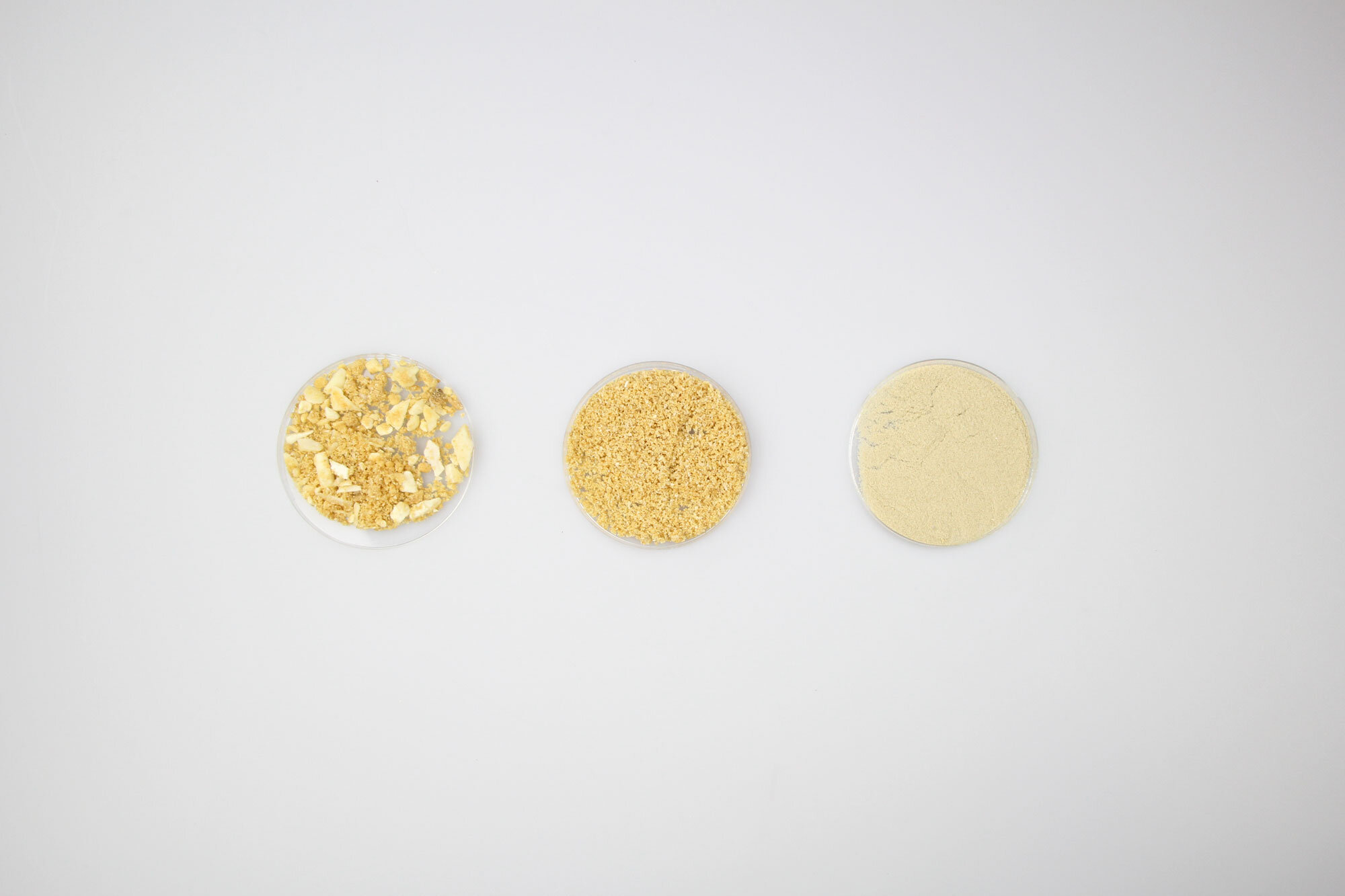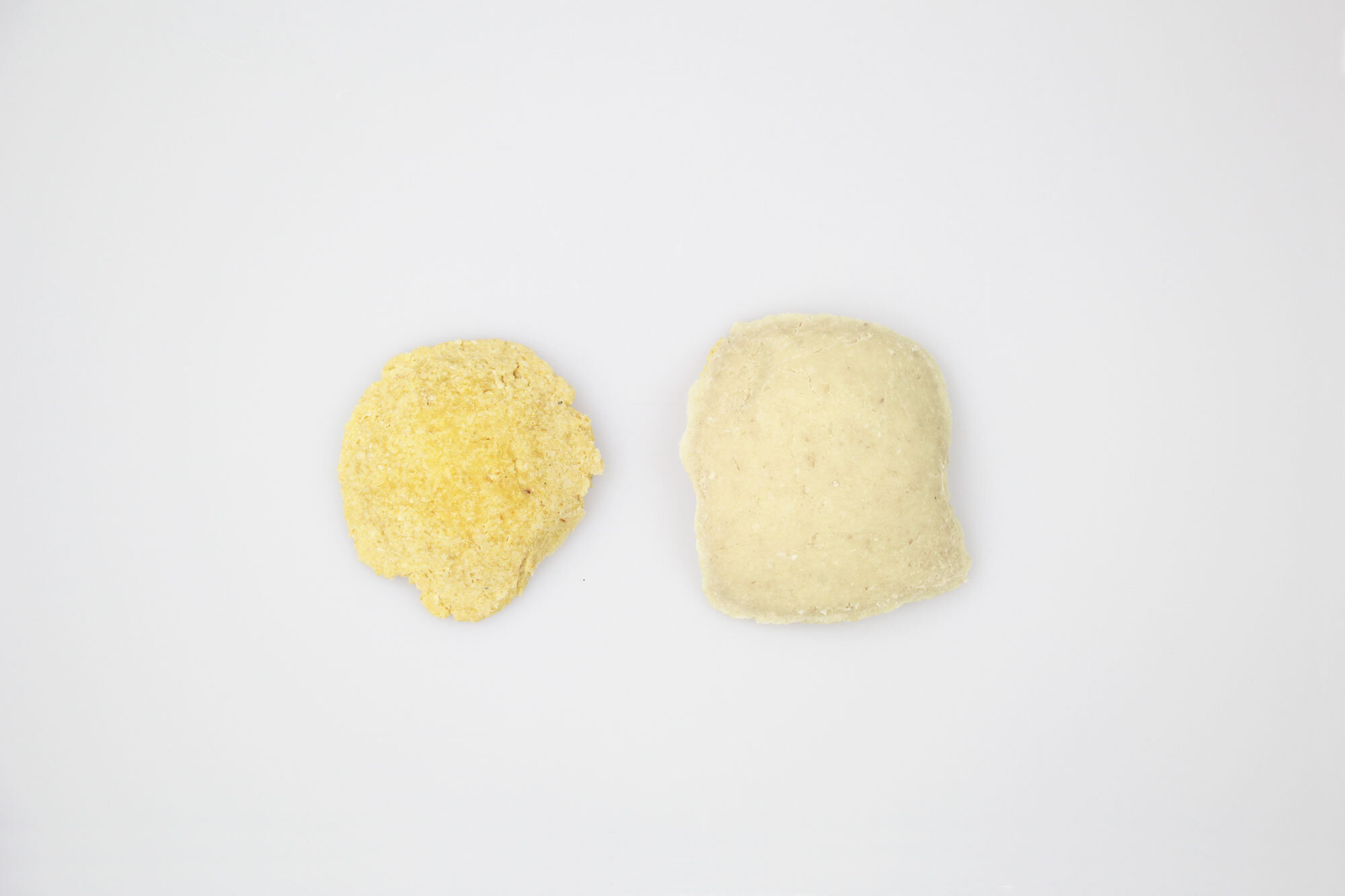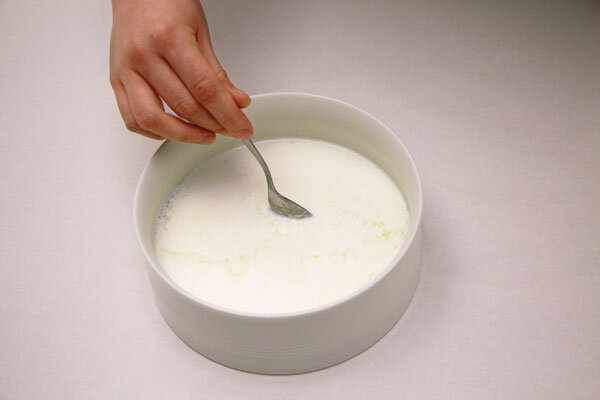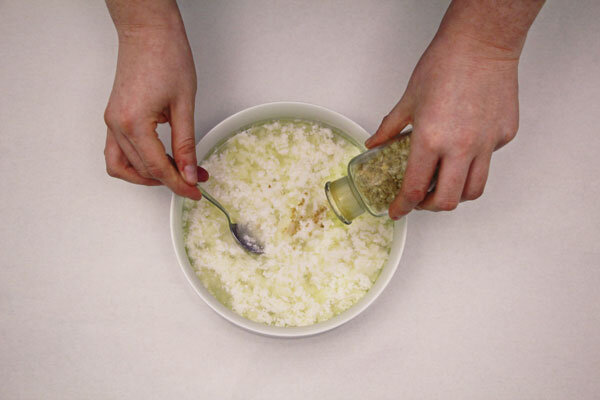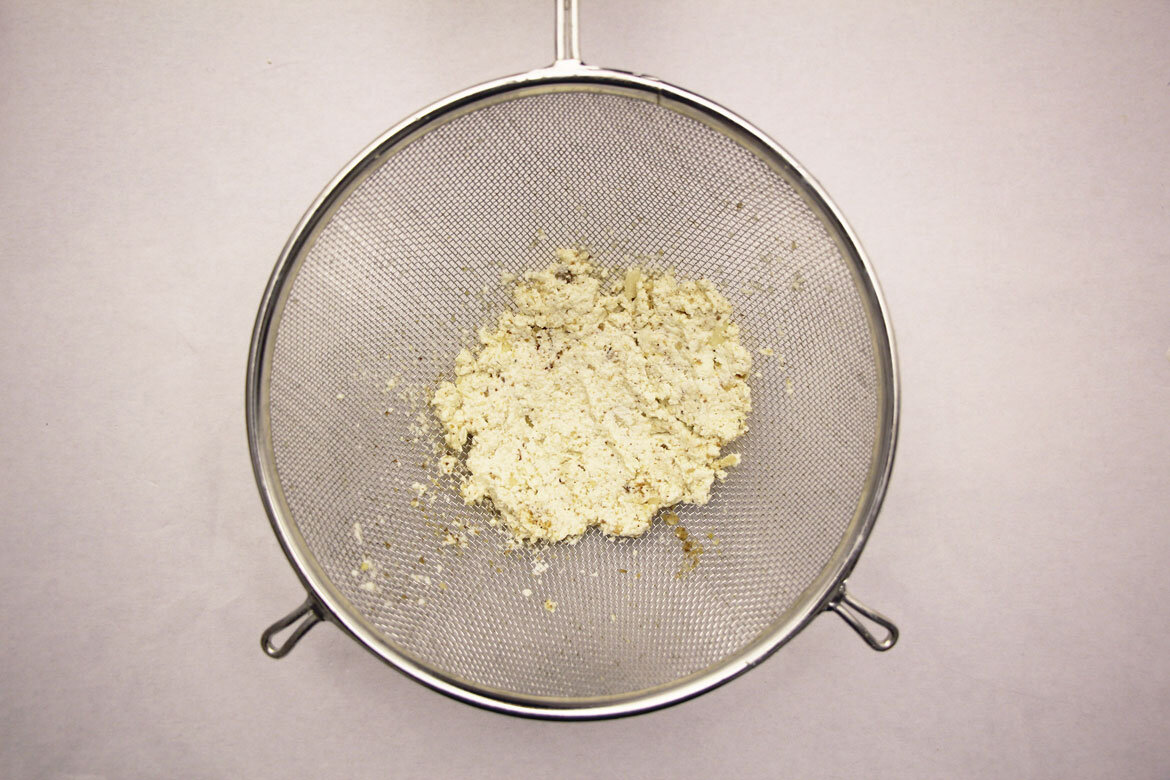I Can Feel It In Your Bones - A short research on application possibilities of bones based bio plastics
The concept
In times of globalization and digitization craft has reached a new level of complexity. In the past, there was usually a limited amount of consumer products, whereas today these are used more and more in a diverse way. Two designers that deal in different ways with behavioral and work processes of today. I Can Feel It In Your Bones is a concept chair which lies in the tension between rational manufacture and handling of animals after their death. Is it efficient to use offal to create any possible product? How about with heated seats where every sense of comfort is served? Recalling the warmth of the living animal too strongly, which does not exist anymore and is impossible to trace back, even if we consume it so obviously every day?
The material
A material which is also related to our daily consume life is plastic. All plastics are composed of molecules that repeat themselves in a chain, called a polymer. Milk contains many molecules of a protein called casein. Each casein molecule is a monomer and a chain of casein monomers is a polymer. The polymer can be scooped up and molded, which is why plastic made from milk is called casein plastic.1
With bone powder (from food industries) as a supplement, experiment fort he creation of casein based plastic were made.
The chair
The chair is a commodity that is needed in large quantities. Mass production requires materials that can be widely available. Bones are mass waste. After an animal is slaughtered, the bones are crushed and burned for the most part. For the chair I Can Feel It In Your Bones we made use of this material. It's the starting point from which the chair is designed.
The form of the chair is inspired by a shoulder blade. The triangular, asymmetrical shape formed on the right side of the chair, a seat-like shape and invites the user to nestle on this form.
Christien Meindertsma is a Dutch designer who works a lot with contemporary behavior and processing methods. After three years of research she published 2008 the book Pig 05049 in which she photographically describes how many items were created after the death of the pig #05049. The result is diverse and shocking. It is no longer possible to track what is actually made based on one pig and how many products of our daily life are contaminated by pigs.
We wanted to explore "Pigs" as an industrial material further and make use of the waste component bones as a great way of provoking the industry and carrying today’s processing to extremes.
The chair consists of a seat pan formed by 70% bone flour. Bone flour that-if it has not been declared for food use–is only used in the incinerator for heating. This flour is used as a main component of our self-developed bioplastic. It stabilizes the surface and the coarser pieces of bone in the chair add a unique structure In the seat pan integrated are heating wires that convey while sitting a slight to intense feeling of heat. This feeling is reminiscent of a volatile body heat that usually a person leaves that has just left a place.
The polished steel frame is a commercial stacking chair frame, which again illustrates the chair as an object of mass consumption.


